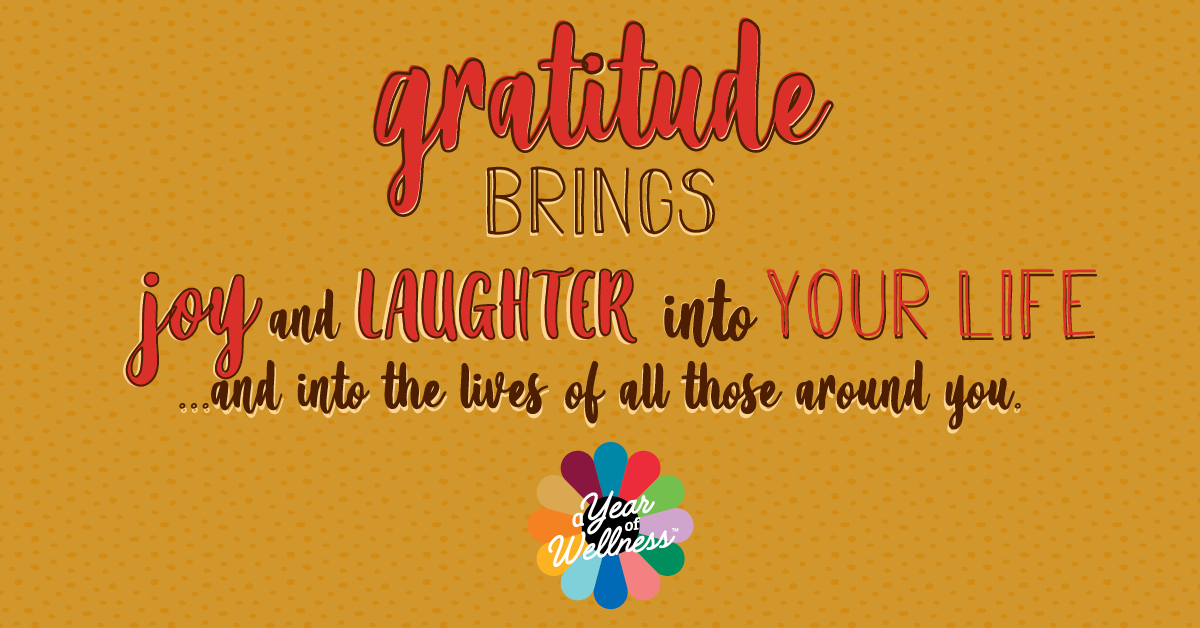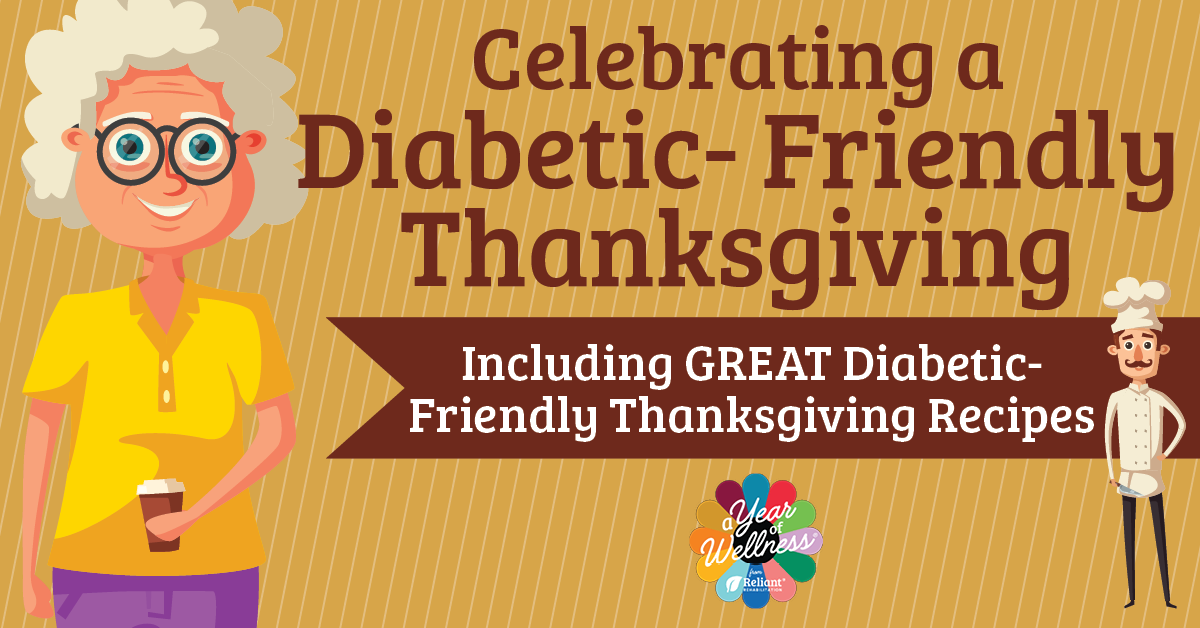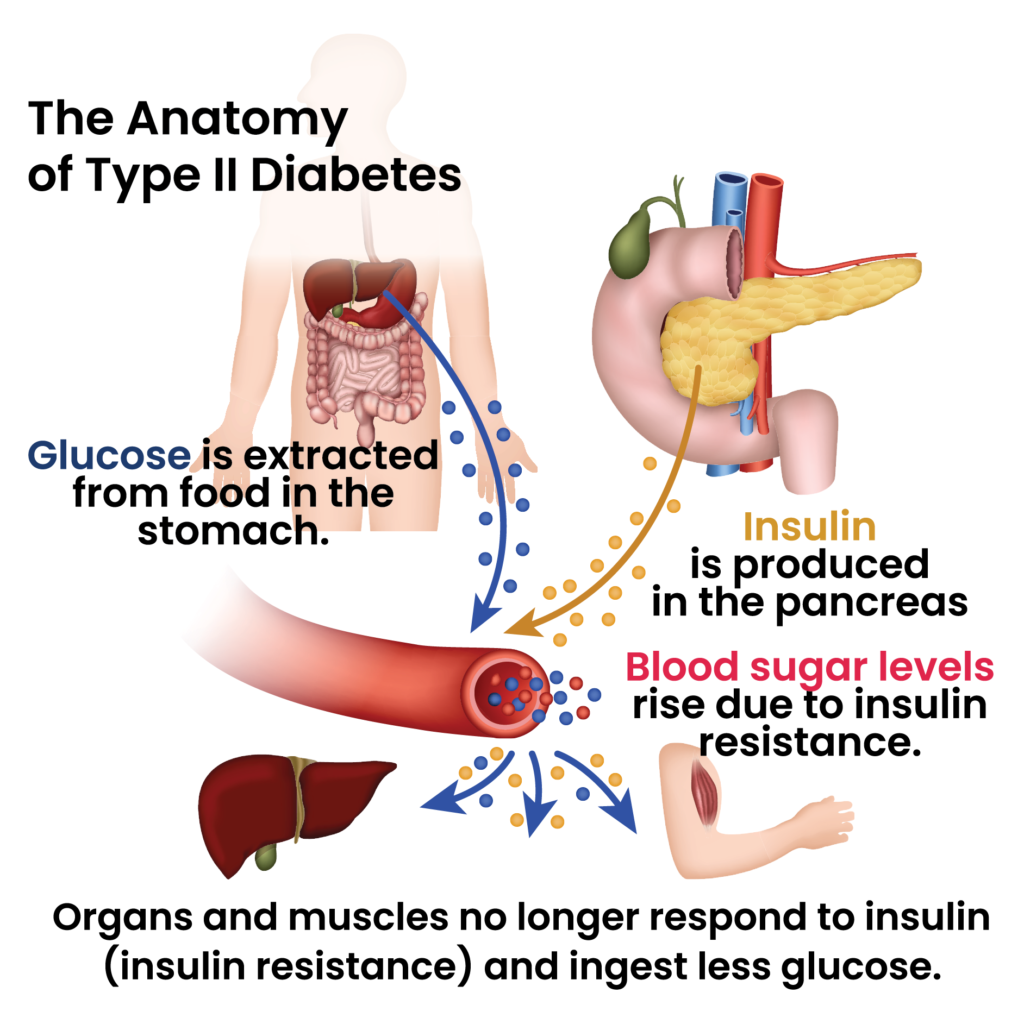CMS has updated its guidance and provided specific instructions for using the Qualified Hospital Stay (QHS) and benefit period waivers, as well as how this affects claims processing and SNF patient assessments.
- To bill for the QHS waiver, include the DR condition code. To bill for the benefit period waiver:
- Submit a final discharge claim on day 101 with patient status 01, discharge to home.
- Readmit the beneficiary to start the benefit period waiver.
- For ALL admissions under the benefit period waiver (within the same spell of illness):
- Complete a 5-day PPS Assessment. (The interrupted stay policy does not apply.)
- Follow all SNF Patient-Driven Payment Model (PDPM) assessment rules.
- Include the HIPPS code derived from the new 5-day assessment on the claim.
- The variable per diem schedule begins from Day 1.
- For ALL SNF benefit period waiver claims (within the same spell of illness), include the following:
- Condition code DR – identifies the claims as related to the PHE
- Condition code 57 (readmission) – this will bypass edits related to the 3-day stay being within 30 days
- COVID 100 in the remarks – this identifies the claims as a benefit period waiver request
Note: Providers may utilize the additional 100 SNF benefit days at any time within the same spell of illness.
Claims are not required to contain the above coding for ALL benefit period waiver claims.
Example: If a benefit waiver claim was paid utilizing 70 of the additional SNF benefit days and the beneficiary either was discharged or fell below a skilled level of care for 20 days, the beneficiary may subsequently utilize the remaining 30 additional SNF benefit days as along as the resumption of SNF care occurs within 60 days (that is, within the same spell of illness).
Additional instructions can be found in the article if you previously submitted a claim for a one-time benefit period waiver that rejected for exhausted benefits.
CLICK HERE to view the MLN Matters article.
CLICK HERE for the updated list of blanket waivers available.





